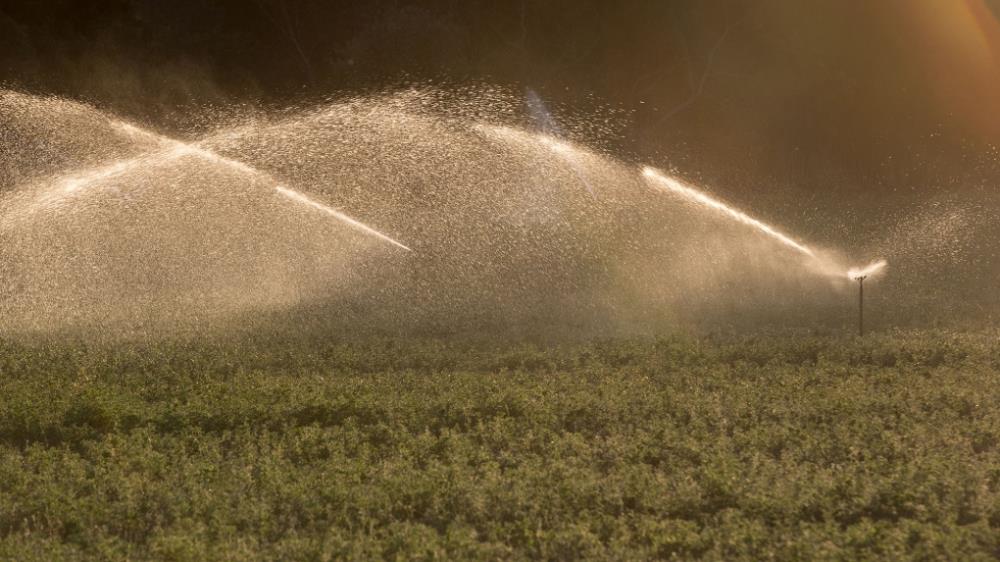
Related items loading ...
Section 1: Publication
Publication Type
Journal Article
Authorship
Curry, C.L. and F.W. Zwiers
Title
Examining controls on peak annual streamflow and floods in the Fraser River Basin of British Columbia
Year
2018
Publication Outlet
Hydrol. Earth Syst. Sci
DOI
ISBN
ISSN
Citation
Charles L. Curry1,2 and Francis W. Zwiers1
1 5 Pacific Climate Impacts Consortium, University of Victoria, Victoria, V8N 5L3, Canada
2
School of Earth and Ocean Sciences, University of Victoria, Victoria, V8N 5L3, Canada
Correspondence to: Charles L. Curry (cc@uvic.ca)
Abstract
The Fraser River basin (FRB) of British Columbia is one of the largest and most important watersheds in Western
10 North America, and is home to a rich diversity of biological species and economic assets that depend implicitly upon its
extensive riverine habitats. The hydrology of the FRB is dominated by snow accumulation and melt processes, leading to a
prominent annual peak streamflow invariably occurring in June-July. However, while annual peak daily streamflow (APF)
during the spring freshet in the FRB is historically well correlated with basin-averaged, April 1 snow water equivalent
(SWE), there are numerous occurrences of anomalously large APF in below- or near-normal SWE years, some of which
15 have resulted in damaging floods in the region. An imperfect understanding of which other climatic factors contribute to
these anomalously large APFs hinders robust projections of their magnitude and frequency.
We employ the Variable Infiltration Capacity (VIC) process-based hydrological model driven by gridded observations to
investigate the key controlling factors of anomalous APF events in the FRB and four of its subbasins that contribute more
20 than 70% of the annual flow at Fraser-Hope. The relative influence of a set of predictors characterizing the interannual
variability of rainfall, snowfall, snowpack (characterized by the annual maximum value, SWEmax), soil moisture and
temperature on simulated APF at Hope (the main outlet of the FRB) and at the subbasin outlets is examined within a
regression framework. The influence of large-scale climate modes of variability (the Pacific Decadal Oscillation (PDO) and
the El Niño-Southern Oscillation (ENSO)) on APF magnitude is also assessed, and placed in context with these more
25 localized controls. The results indicate that next to SWEmax (which strongly controls the annual maximum of soil moisture),
the snowmelt rate, the ENSO and PDO indices, and rate of warming subsequent to the date of SWEmax are the most
influential predictors of APF magnitude in the FRB and its subbasins. The identification of these controls on annual peak
flows in the region may be of use in the context of seasonal prediction or future projected streamflow behavior.
Plain Language Summary


 GWFNet
GWFNet Master
Master Data
Data Research
Research Map
Map
 Advanced
Advanced Tools
Tools
 . . .
. . .
 Metadata Editor
Metadata Editor
 Record List
Record List
 Alias List Editor
Alias List Editor
 Legacy sites
Legacy sites